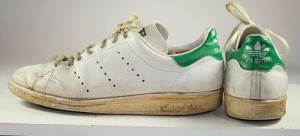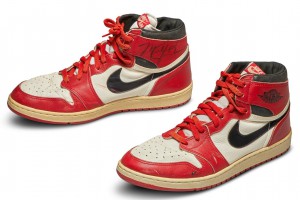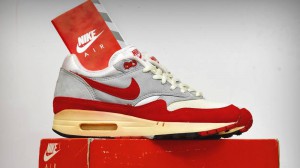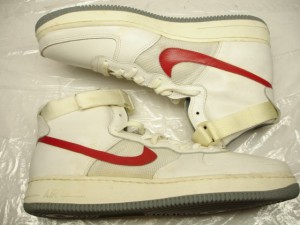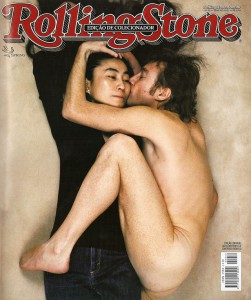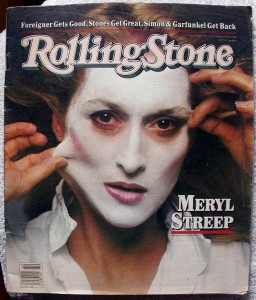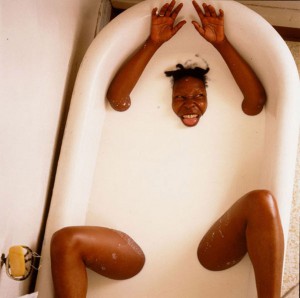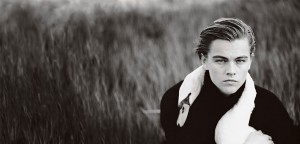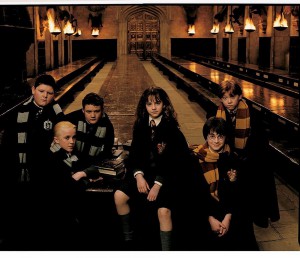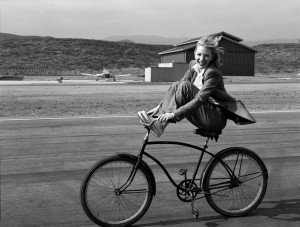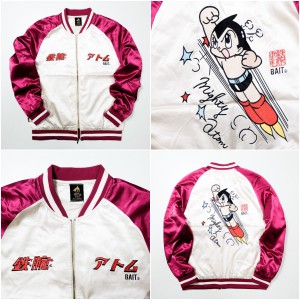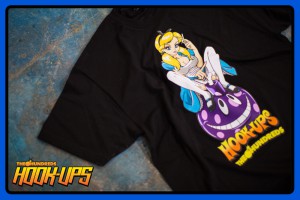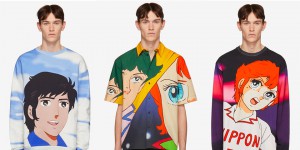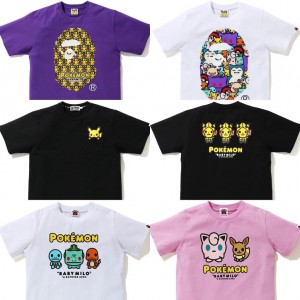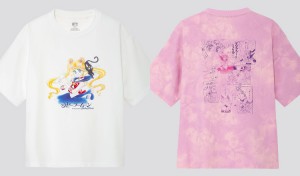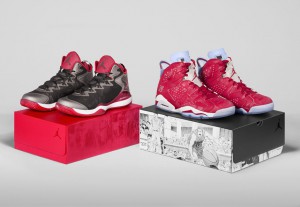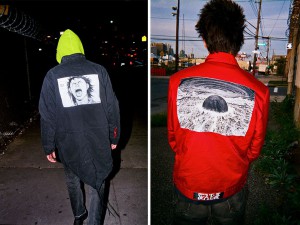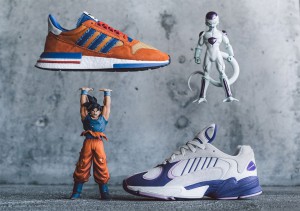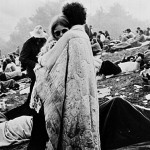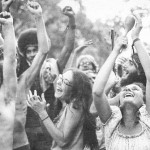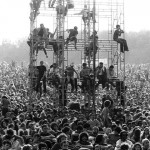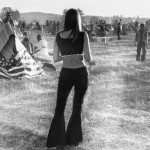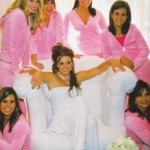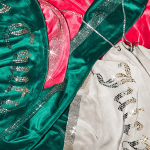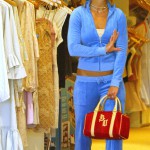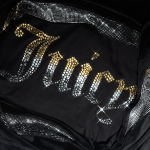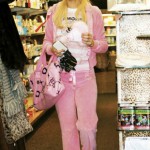THE ADIDAS STAN SMITH
https://www.youtube.com/watch?v=BoGD6CfPPgM&ab_channel=VISIMAGAZINEVISIMAGAZINE
In 1978, adidas released its Stan Smith trainer. Originally an endorsement deal with tennis star Stan Smith, it was the first leather, not canvas, sports shoe.
To understand the origins of the Stan Smith, you have to go back to the shoe’s original name: the adidas Robert Haillet.
The Three Stripes tapped Robert Haillet, one of just two French tennis professionals at the time, to be the sneakers namesake in 1965. According to the book Sneaker Wars¸ when the sneaker was introduced in 1965, “the small cast of emerging tennis professionals widely agreed that it was by far the best tennis shoe on the market.” Much like the adidas Superstar, that was beginning to make some noise on the basketball court—the shoe’s leather provided more support, preventing twisted ankles and other injuries.
The debut of the Robert Haillet coincided with a surge in tennis popularity.
In 1971, Haillet had retired from tennis and Horst Dassler needed to find an active player to endorse an updated version of the shoe in his place. Donald Dell, arguably the most influential tennis agent in the business at the time, suggested his client Stan Smith.
While Smith came to adidas in 1971, the shoe was not officially changed to the adidas Stan Smith until 1978. So, for most of the ’70s, the model was still named the Robert Haillet, before changing the name and adding Smith’s picture.
Sales for the shoe reached new heights once the name was changed and Smith took over. Everyone began to wear Stan Smiths
But as technical sportswear gained momentum in the 80s, Stan Smiths began to lose their popularity as performance shoes. Instead, they became a style staple off court. The universality of the model is owed, at least in part, to its minimal design – an all white pump with just a Most models and versions are in fact made with real leather. Functionally, there isn’t much to the adidas Stan Smith.
THE NIKE AIR JORDAN 1
https://www.youtube.com/watch?v=eEmAgKYV1uo&ab_channel=KicksOnFirecom
On October 15, Nike created a revolutionary new basketball shoe.
In 1984, Nike embarked on the most important sports endorsement deal of all time, teaming up with NBA player Michael Jordan on Nike’s basketball extension brand, named after the basketballer. Even though Jordan was originally vying for an adidas sponsorship, within the first month of the shoe’s release, Nike raked in $70 million. Then, throughout the 80s and 90s, Nike would drop a new Jordan sneaker for every season the basketballer played.
That’s all anybody needed. Sneakears dropped and sold out immediately. Nike set retail at $65 a piece, expensive for their time, and they sold out as quickly as they do today.
During that first season, and that first go around with the sneakers, Nike released 13 colorways of the shoe. The famous “Banned,” “Chicago,” “Royal,” “Black Toe,” “Shadow,” and “Carolina Blue” colorways, as well as Black & White, Blue & White, Metallic Red, Metallic Purple, Metallic Blue, Metallic Green, and Natural Grey.
“This sneakers is credited with being the catalyst for collecting and reselling,” now is the style. The Jordan 1 is the most popular sneaker on StockX. Notably, last year’s release of the AJ1 Dior blurred the lines between streetwear and high fashion with its luxurious resale value averaging around $10K.
THE NIKE AIR MAX 1
In 1987 Nike released the inaugural Air Max sneaker, the Air Max 1.
For Nike, the Air Max 1 sneakers went down in history as a pivotal and innovative design that elevated the brand when they needed it most.
Nike’s Air technology wasn’t new it was developed by former NASA engineer Frank Rudy and introduced in the Air Tailwind in 1978. Air replaced traditional molded EVA soles with gas filled urethane pouches. However, it was the consensus that as performance technology the pouches ought to be felt and not seen. That was until Tinker Hatfield came along.
It wasn’t another sneakers or even a fashion concept that planted the idea to expose the Air-cushioned sole in Hatfield’s mind, it was a controversial building in Paris that many considered an eyesore. Centre Georges Pompidou, a building design that took all its functional and structural elements and placed them on the outside for all to see.
Nike’s first sneakers to reveal the Air-cushioned sole, the Air Max 1, finally released March 26, 1987 and featured in Nike’s first television ad the same year. It was part of the Air Pack which also featured the Air Trainer 1, Air Sock, Air Revolution and Air Safari.
From then onward, Air Max led to a sneakers series that’s still going strong thirty years later.
NIKE AIR FORCE 1
https://www.youtube.com/watch?v=rKAXDs7GhhU&ab_channel=jemetonicPRODUKSHUNZ
The Nike Air Force 1s are not only an inner-city staple, but may well be the most iconic sneakers of all time. Designed by Bruce Kilgore in 1982. The Air Force 1 is Nike’s all-time best-selling model. Over 1,700 colourways have been released, bringing in an estimated $800 million per year in revenue. Whether in low top, mid, or high, “the Nike Air Force 1 is, simply put, a classic.” To date, the AF1 Low White 07 is one of the highest traded shoes on StockX with nearly 50,000 trades.
In the world of sneakers, few styles last. The ones that do are the true classics—the trends that graduate to staples. They’re consistently worn by both footwear enthusiasts and the general public. The Nike Air Force 1 in its most popular, iconic style: low-cut, in all-white.
Jay Z was one of the first to specifically shout out white Air Forces Ones sneakers, helping cement them as an East Coast hood classic. On the song “Can I Live II”, a young Jay rapped, “For all my niggas with the all-white Air Force Ones and black guns.”
The sneakers silhouette that entered street culture as an attention-grabbing anomaly had become a mandatory street staple, paired with a white tee and big jeans for a uniform of dope boy anonymity. With more availability and a lower price point than it had over two decades prior, the Air Force 1 was a phenomenon.
The hyped-up collaborations and limited-run collectibles have given the AF1 a covetable level of prestige and helped spread its gospel to new generations.
